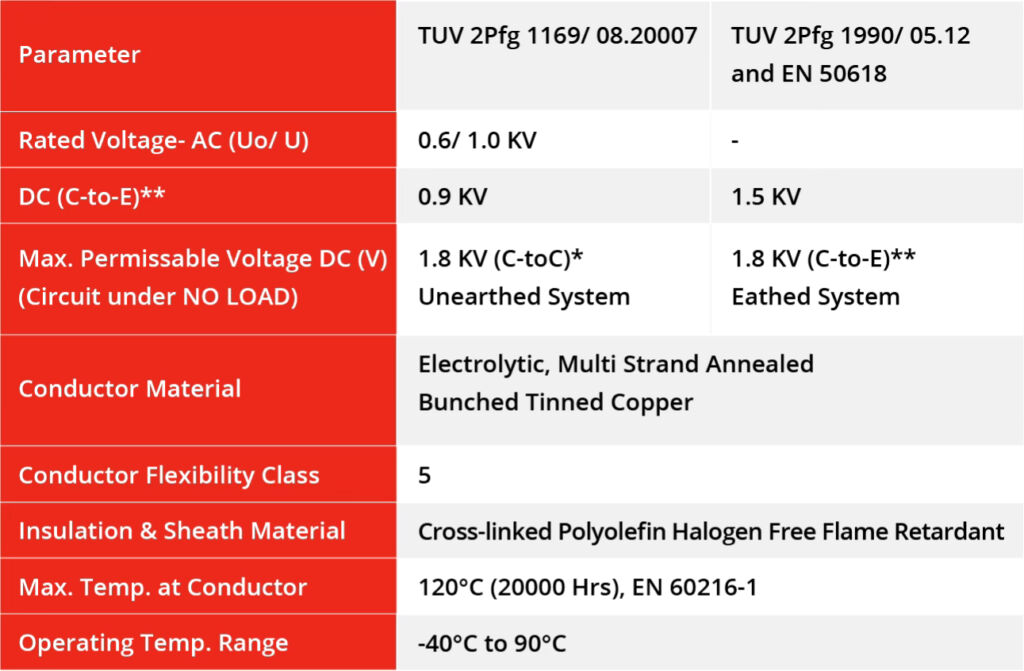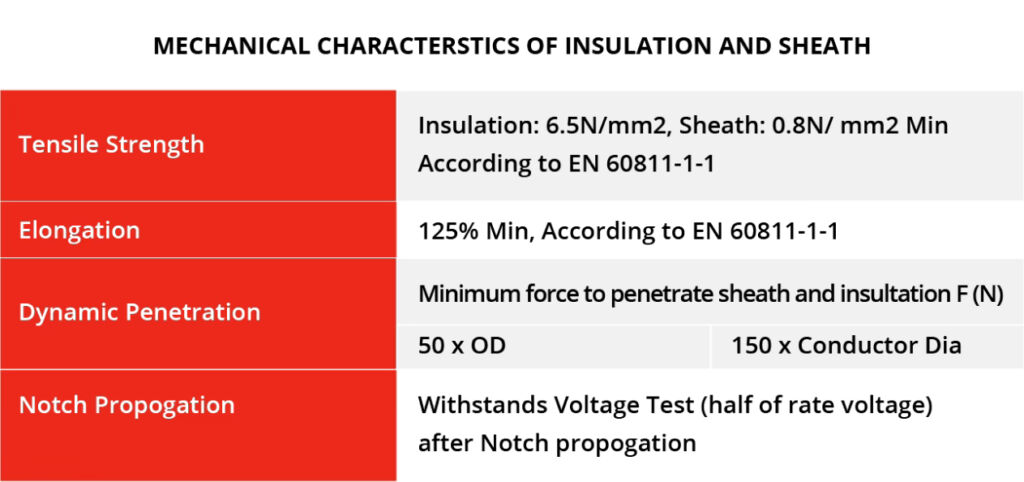Solar Cable
As the most plentiful power source on Earth, solar energy has enormous potential, which is acknowledged by ADCAB Wire & Cable. They provide specifically made photovoltaic (PV) cables, which are essential for collecting solar energy and using arrays of photovoltaic modules to transform it into electrical energy. Solar energy has enormous potential for producing electricity in a clean and renewable manner. The PV cables from ADCAB are painstakingly designed to satisfy the particular needs of solar power systems, guaranteeing dependable and effective energy transfer from the solar modules to the electrical system. You may browse through their selection of PV cables and discover more about their features and advantages by going to the ADCAB Wire and Cable website. These cables are designed to withstand harsh environmental conditions, including exposure to sunlight, temperature fluctuations, and moisture, ensuring long-lasting performance in solar power systems.

THE MOST COMMON ENERGY SOURCE ON EARTH IS SOLAR ENERGY. BY USING ARRAYS OF PHOTOVOLTAIC MODULES, SOLAR ENERGY IS TRANSFORMED INTO ELECTRICAL ENERGY. THESE MODULES USE PHOTOVOLTAIC CABLES THAT ARE SPECIALLY DESIGNED.
Application: These cables are connected between individual modules and the string combiner box (Junction)







